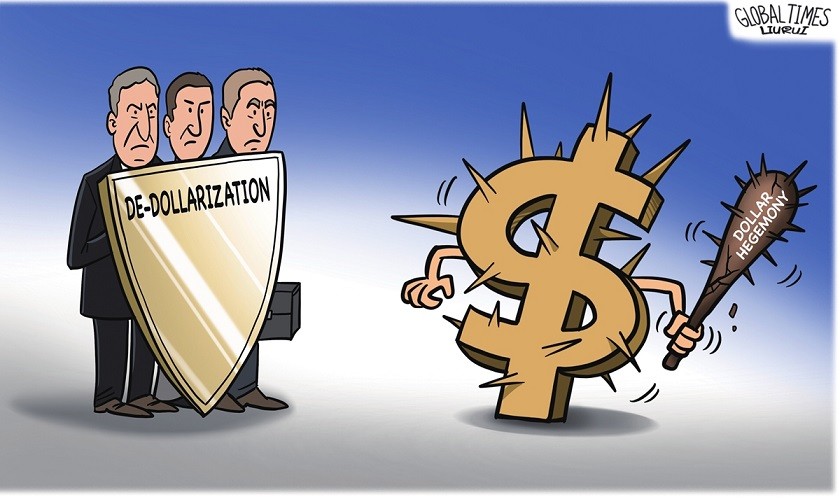 |
| There are many reasons why countries around the world want to move away from the US dollar. (Graphic: Global Times) |
According to the International Monetary Fund (IMF), in international foreign exchange reserves, USD is still the currency ranked first (accounting for 59.5%). This is also the most widely used currency in global trade.
Now, Western-led sanctions against Russia over its military intervention in Ukraine are putting other countries on alert, with some countries, such as Brazil, Argentina, Bangladesh and India, looking for alternative currencies and assets to trade in other than the US dollar.
Three reasons
Business Insider has long been concerned about the US dollar’s dominance in global trade and finance. Talks of de-dollarization have been brewing since 1970.
Here are three reasons why countries around the world want to "break up" with the US currency.
First, US monetary policy affects the rest of the world too much.
The US is the issuer of the world's reserve currency and the dominant currency in international trade and payments systems. As a result, the Wilson Center think tank reported in May 2023 that the US dollar wields too much influence over the world economy and is often overvalued.
This position has given the US “exorbitant privilege” – a problem that former French President Valéry Giscard d’Estaing once referred to. One aspect of this privilege is that the world’s largest economy can avoid falling into crisis if it cannot pay its debts when the value of the dollar plummets because Washington can print more money.
That also means countries around the world must closely follow US economic and monetary policies to avoid spillover effects.
Second, the strong US dollar is becoming too expensive for emerging countries.
The greenback's strength against most world currencies is making imports much more expensive for emerging countries.
In Argentina, political pressure and a drop in exports have contributed to a decline in US dollar reserves and pressure on the peso, fueling inflation. This has prompted Argentina to start paying for Chinese imports in renminbi.
“A stronger dollar will weaken its role as an international reserve currency,” economists at Allianz, an international financial services company, wrote in a June 29 report. “If access to the greenback becomes more expensive, borrowers will seek alternatives.”
Brazilian President Luiz Inácio Lula da Silva has been one of the most vocal proponents of alternative trade settlement currencies, even encouraging Brazil, Russia, India, China and South Africa – but the BRICS group of leading emerging economies – to shun the US currency.
Third, global trade and oil demand are diversifying, putting the petrodollar at risk.
One major reason the US dollar became the world’s reserve currency was that the Gulf states in the Middle East used the greenback to trade oil. This was formalized in 1945, when oil giant Saudi Arabia and the US reached a historic agreement. Under the agreement, Riyadh would sell oil to Washington in greenbacks only. In return, Saudi Arabia would reinvest its excess US dollar reserves in US treasuries and companies.
But then the US became energy independent and a net exporter of oil, with the development of the shale oil industry.
“The structural change in the oil market brought about by the shale revolution could undermine the role of the US dollar,” Allianz economists said. “Oil exporters will seek new buyers outside the US and will pay in other forms, rather than just revolving around the US dollar.”
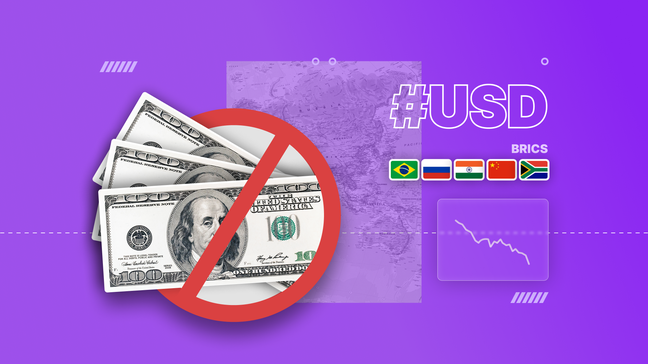 |
| In June 2022, Russian President Vladimir Putin proposed the idea of a common BRICS currency to gradually eliminate the USD. (Source: MTrading) |
BRICS "falter"?
Recently, BRICS has expressed interest in a new currency and de-dollarization is also one of the main topics at the 15th annual BRICS Summit taking place next August.
In June 2022, President Vladimir Putin proposed the idea of a common BRICS currency. Accordingly, the new currency could bring benefits to BRICS and other countries, such as increasing economic integration among countries in the group, reducing US influence on the international stage, as well as weakening the dominant position of the USD.
However, recently, Reuters news agency (UK) quoted Mr. Anil Sooklal, South Africa's Ambassador-at-Large for Asia and BRICS, saying that the new BRICS currency will not be on the summit agenda.
“There has been no discussion about a new BRICS common currency, it is not on the agenda. What we have talked about and we continue to talk about is trading in local currencies and settling in local currencies,” Anil Sooklal stressed.
In addition, in June 2023, The Wall Street Journal reported that the New Development Bank (NDB) had almost stopped providing new loans and was having difficulty raising capital in USD to repay its debts.
The institution was launched in 2014 through the BRICS effort to create an alternative to US-dominated, dollar-based lending institutions such as the International Monetary Fund (IMF) and align with Beijing’s efforts to erode the greenback’s position.
The institution's lending activity has been very active, with committed loans increasing from $1 billion in 2017 to $30 billion in 2022.
But to provide capital to developing economies, the NDB has had to borrow from Wall Street as well as Chinese lenders. So while its mandate is to lend non-dollar, about two-thirds of its lending is in US currency.
In addition, Wall Street underwriters have shown little willingness to lend to a bank in which Moscow owns nearly 20% of its capital in the wake of the Russia-Ukraine conflict. Without the usual dollar backing, the institution is paying off its previous debts with more expensive loans.
The above information proves that despite efforts to move away from the USD, it cannot be denied that the greenback is very important to NDB and BRICS.
However, Mr. Anil Sooklal asserted that: "BRICS has gone through a process driven by conflict, unilateral sanctions. The time of a USD-centric world is over, that is a fact".
Source



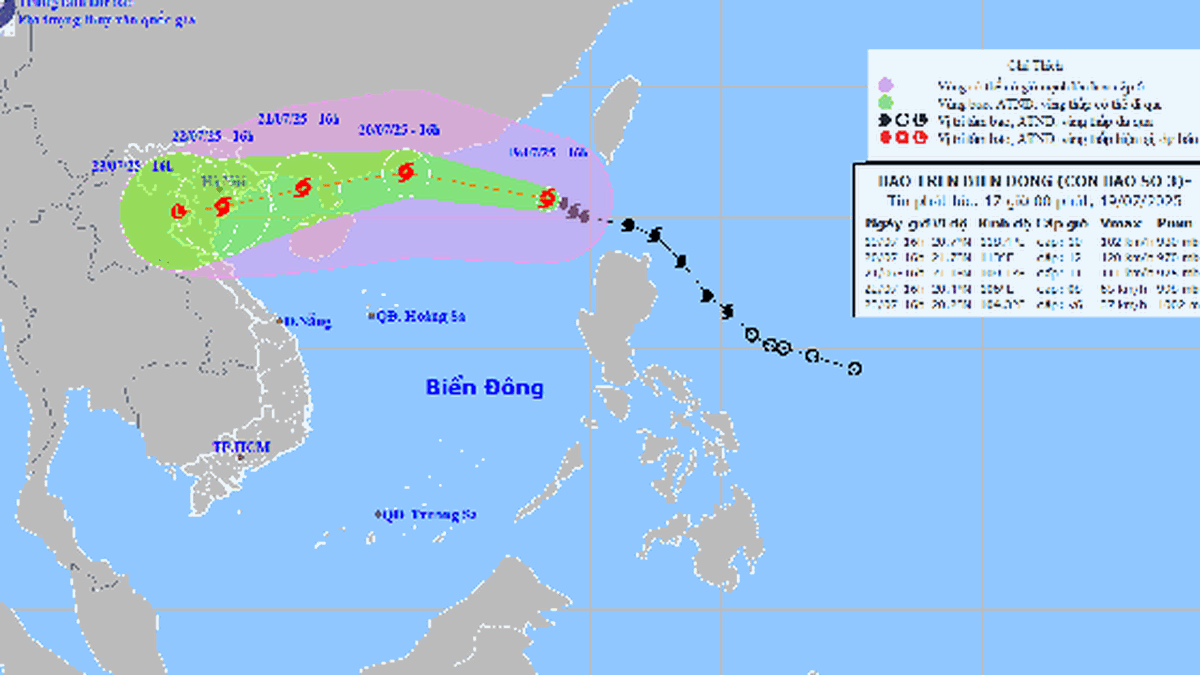



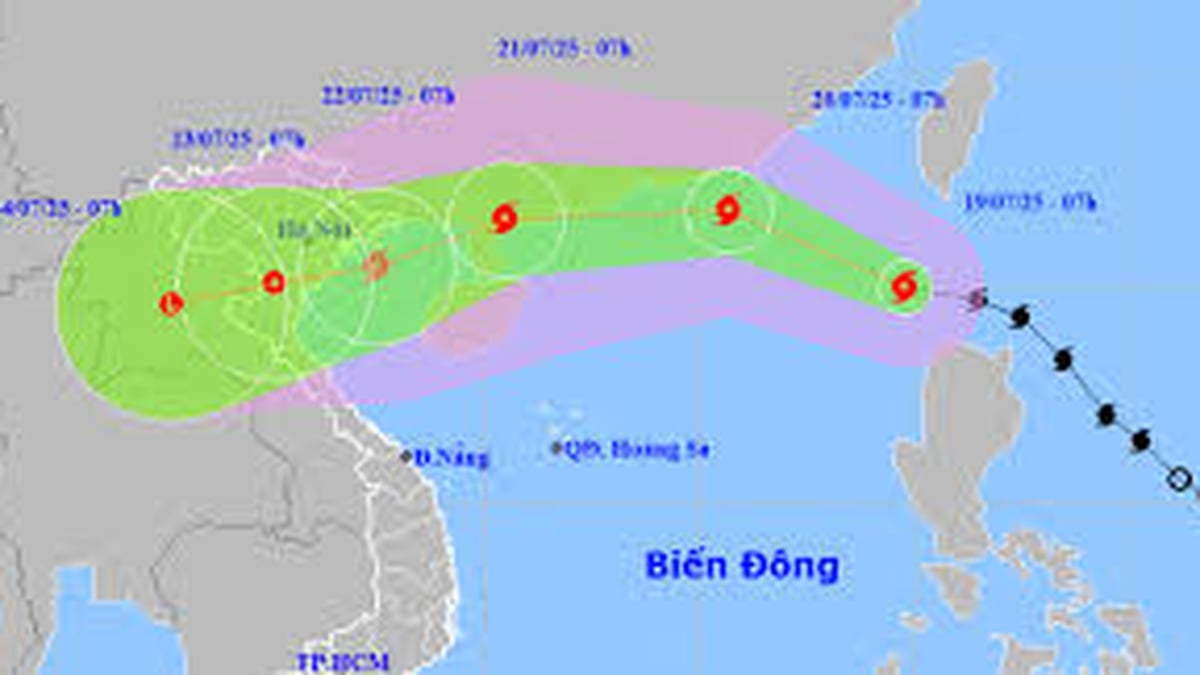
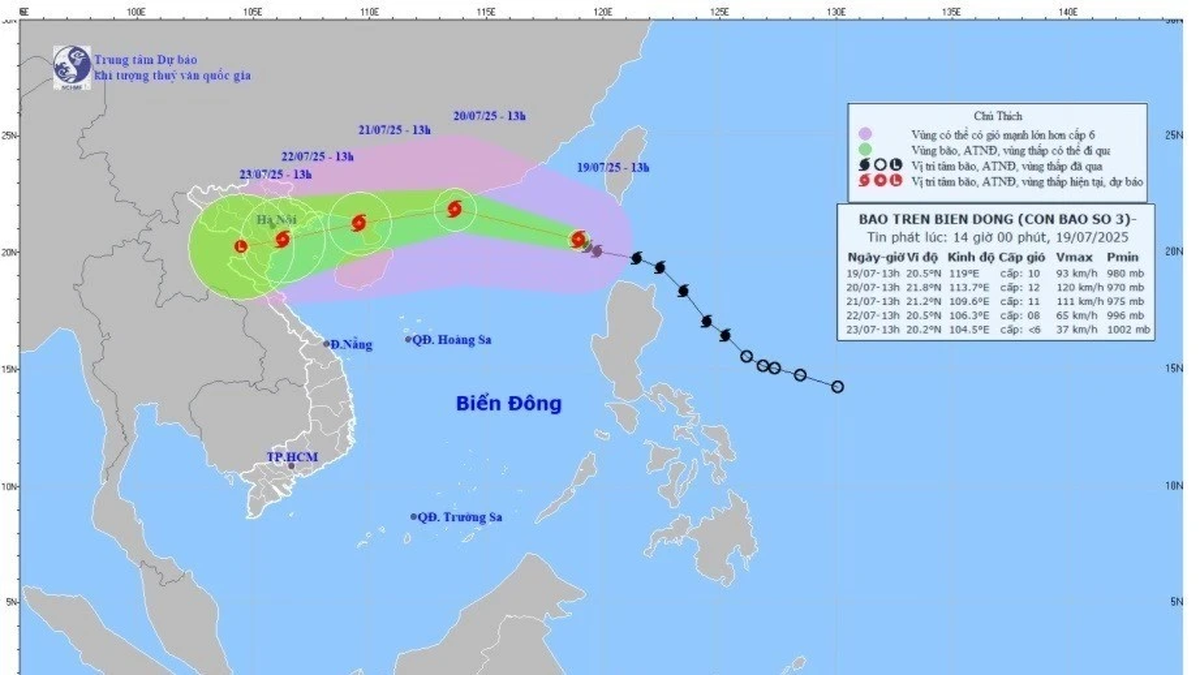



















































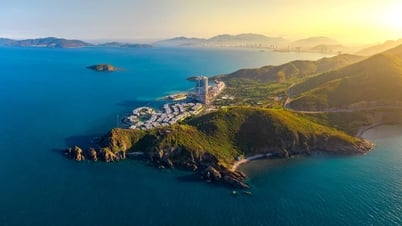

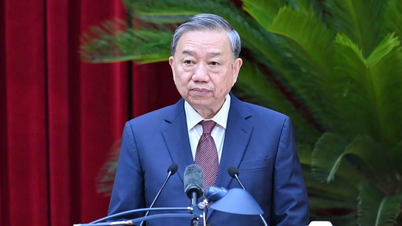
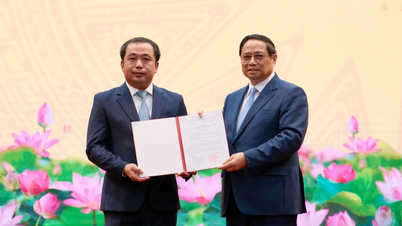
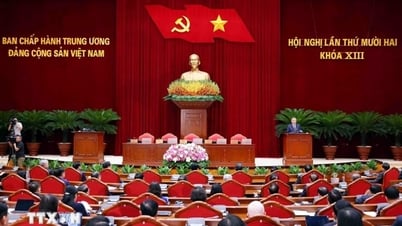









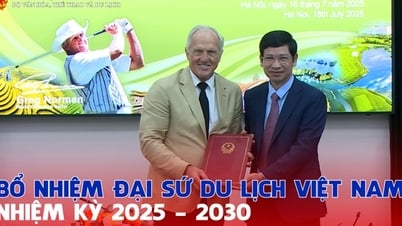
























Comment (0)